Table of Contents
What Are Mixed Herbs?
Mixed herbs are carefully curated blends of dried herbs designed to enhance flavors in cooking. The exact composition varies by blend type—Italian seasoning typically includes oregano, thyme, rosemary, basil, and marjoram, while French herbes de Provence features thyme, rosemary, savory, lavender, and marjoram. These combinations are crafted by culinary experts to create balanced, aromatic profiles that elevate dishes without overpowering them. This article explains the science behind these blends, their practical applications, and how to select the perfect one for your kitchen.
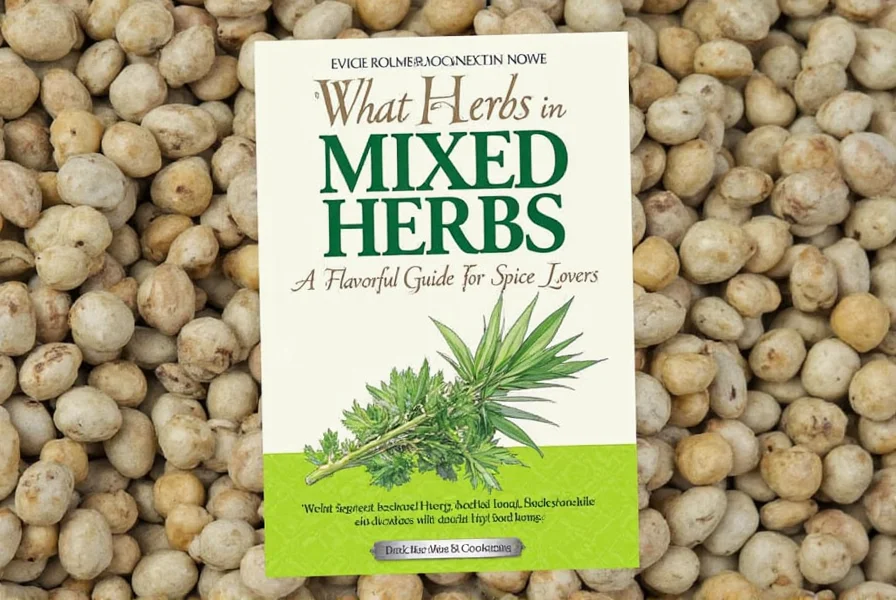
Common Types of Mixed Herb Blends
Different culinary traditions use distinct herb combinations. Here are the most popular blends and their signature ingredients:
| Blend Type | Core Herbs | Flavor Profile | Culinary Origin |
|---|---|---|---|
| Italian Seasoning | Oregano, Thyme, Rosemary, Basil, Marjoram | Earthy, aromatic, slightly sweet with bright herbal notes | Italy |
| Herbes de Provence | Thyme, Rosemary, Savory, Lavender, Marjoram | Fragrant, floral, with subtle mint and citrus undertones | France |
| Herbes de Paris | Parsley, Chervil, Tarragon, Chives | Fresh, delicate, with subtle anise and grassy notes | France |
| Za'atar | Thyme, Sumac, Sesame Seeds, Oregano | Tangy, nutty, with earthy and citrusy complexity | Middle East |
| Jerk Seasoning | Allspice, Thyme, Scotch Bonnet, Garlic, Nutmeg | Spicy, smoky, with warm baking spice notes | Jamaica |

How to Use Mixed Herbs in Cooking
Maximize flavor impact with these expert techniques:
- Italian Seasoning: Add 1 tsp to tomato-based sauces 10 minutes before serving for depth. Sprinkle on pizza dough before baking or mix into meatball marinades. Pro tip: Combine with olive oil for a quick bread dip.
- Herbes de Provence: Rub onto chicken or fish before roasting. Stir into potato salad or sprinkle over roasted root vegetables. Pro tip: Add 1/2 tsp to homemade vinaigrettes for instant French flair.
- Za'atar: Toss with olive oil and drizzle over flatbreads or hummus. Use as a crust for baked feta or sprinkle over avocado toast. Pro tip: Mix with lemon zest for a vibrant salad dressing.
- General Rule: Add dried herbs early in cooking for robust dishes (stews, braises), but add fresh herbs at the end for delicate dishes (salads, seafood).
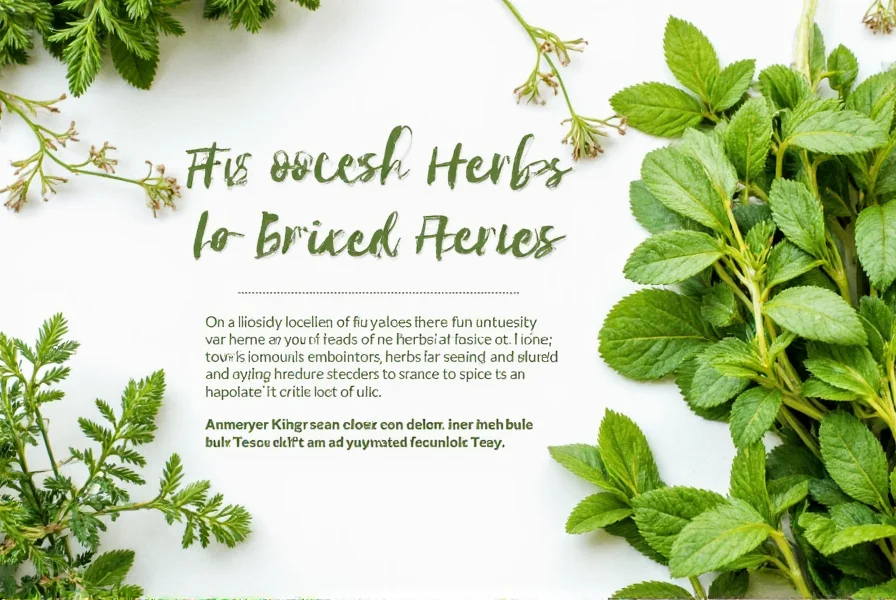
How to Choose the Right Mixed Herb Blend
Follow these professional guidelines when shopping:
1. Check Ingredient Quality
Look for whole leaf herbs (not powdered) with vibrant color. Avoid blends with fillers like rice flour or anti-caking agents. High-quality blends will list herbs as the first ingredients.
2. Match to Your Cuisine
Match blends to your cooking style: Italian for pasta/pizza, herbes de Provence for French-inspired dishes, za'atar for Middle Eastern flavors. Specialty blends like jerk seasoning should be used exclusively for Caribbean dishes.
3. Verify Freshness
Check the expiration date and smell the blend. Fresh herbs should have a strong, clean aroma. If it smells musty or faint, it's past its prime.
4. Packaging Matters
Choose opaque, airtight containers that block light and moisture. Glass jars with tight seals or vacuum-sealed pouches preserve flavor best.
5. Price vs. Value
Average price: $3-$8 per ounce. Premium blends with organic certification or single-origin herbs may cost more but offer superior flavor. Avoid bargain blends under $2/oz—they often contain low-quality fillers.
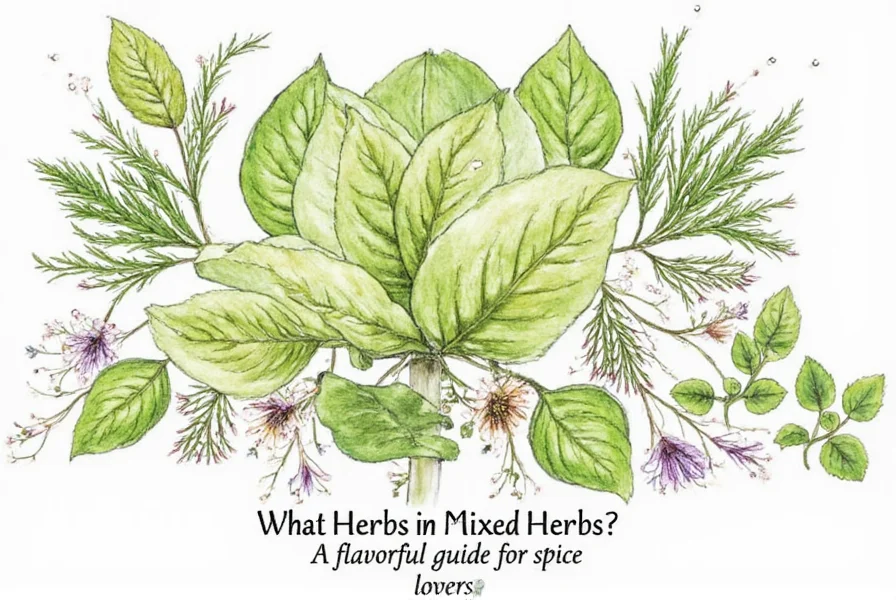
How to Make Your Own Mixed Herb Blend
Create custom blends with these simple recipes:
Classic Italian Seasoning
Combine: 2 tbsp dried oregano, 1 tbsp dried thyme, 1 tbsp dried rosemary (crushed), 1 tbsp dried basil, 1 tsp dried marjoram. Store in an airtight jar for up to 6 months.
Homemade Herbes de Provence
Combine: 2 tbsp dried thyme, 1 tbsp dried rosemary, 1 tbsp dried savory, 1 tsp dried lavender buds, 1 tbsp dried marjoram. Add 1/2 tsp crushed fennel seeds for extra depth.
Customization Tips
- For brighter flavor: Add 1 tsp lemon zest or 1/2 tsp citrus peel
- For smoky depth: Add 1/4 tsp smoked paprika
- For heat: Add a pinch of cayenne pepper
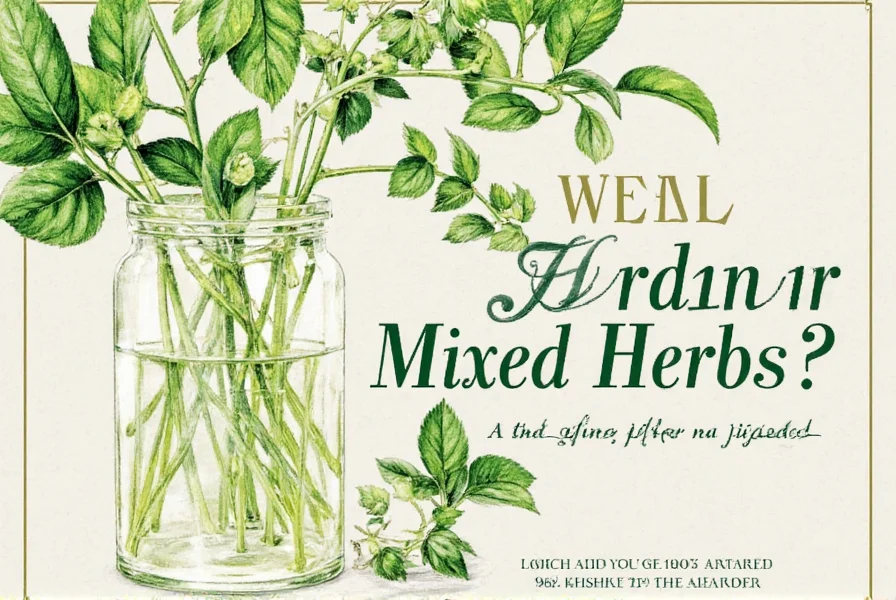
Conclusion
Mixed herbs transform ordinary dishes into extraordinary meals when used correctly. Understanding the specific herbs in each blend—like the oregano-thyme-rosemary foundation of Italian seasoning or the floral lavender of herbes de Provence—allows you to match flavors to your cooking needs. By selecting high-quality blends, storing them properly, and experimenting with custom recipes, you'll consistently elevate your meals with professional-level flavor. Remember: fresh, aromatic herbs are the secret to restaurant-quality results at home.
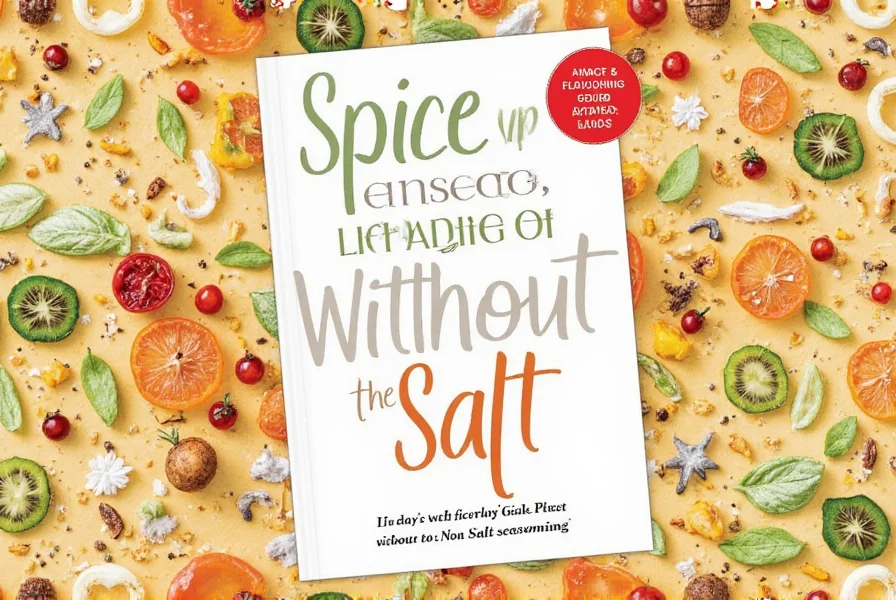
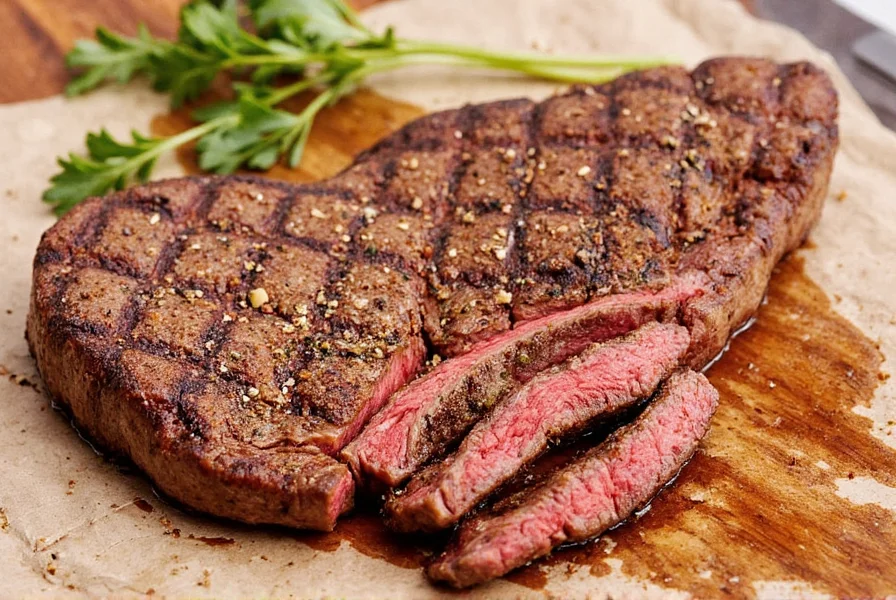

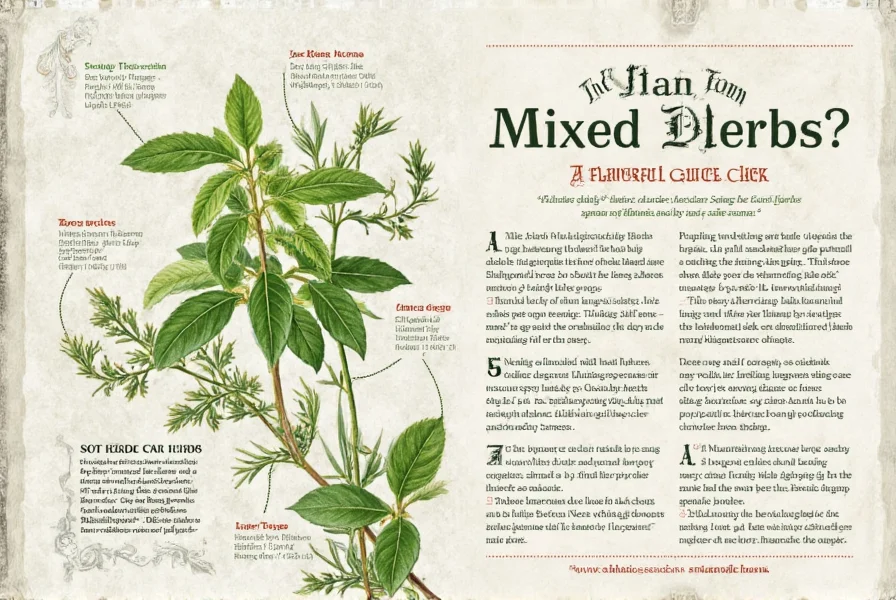









 浙公网安备
33010002000092号
浙公网安备
33010002000092号 浙B2-20120091-4
浙B2-20120091-4